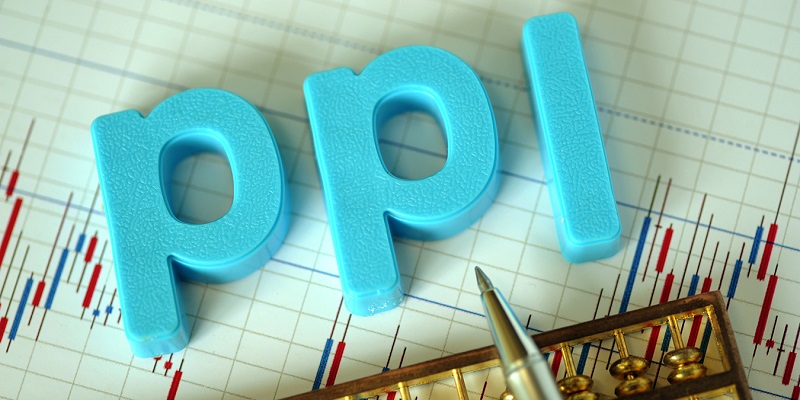Yesterday, the economic calendar was relatively quiet, with risk sentiment turning negative due to escalating tensions between Israel and Iran, altho
Yesterday, the economic calendar was relatively quiet, with risk sentiment turning negative due to escalating tensions between Israel and Iran, although gold continued to rise. A New York consumer survey revealed that while inflation expectations have remained stable over the past five years, the three-year outlook dropped by 0.6% to a record low of 2.3% since the survey began in 2013. These somewhat unusual results provided support for equities and boosted treasuries.

The main development centered around growing expectations that Iran and Hezbollah might retaliate against Israel for the killing of a senior Hezbollah official late last month, followed by the assassination of Ismail Haniyeh, the political leader of Hamas, a few hours later. Iran has blamed Israel for these incidents. As a result, oil prices briefly surged above $80 before retreating slightly, with the current price trading around $79.60.
Today’s Market Expectations
The Australian Wage Price Index for Q2 is expected to rise slightly to 0.9% from the previous 0.8%. However, the year-over-year (Y/Y) figure is anticipated to decrease to 4.0% from 4.1%. The Reserve Bank of Australia (RBA) noted that wage growth appears to have peaked, but it remains above the level consistent with their inflation target.
In the UK, the unemployment rate is projected to increase to 4.5% from 4.4% in the European session. Average earnings including bonuses are expected to drop to 4.6% from 5.7%, while average earnings excluding bonuses are predicted to be 5.4%. Recently, the Bank of England reduced interest rates by 25 basis points to 5.00%. The market is currently pricing in a total of 43 basis points of easing by the end of the year, with a 62% probability of no change at the next meeting.
For the U.S., the Producer Price Index (PPI) is expected to show a year-over-year increase of 2.3%, down from 2.6% previously. The month-over-month (M/M) measure is seen steady at 0.2%, while Core PPI is anticipated to drop to 2.7% Y/Y from 3.0%. The M/M reading for Core PPI is expected to decrease to 0.2% from 0.4%. The market’s main focus will shift to the U.S. Consumer Price Index (CPI) report, which is set to be released the following day.
Yesterday the price action in markets was slow, with stocks and forex pairs trading in a tight range as traders await important economic data ahead, apart from Gold, which continued to make decent gains, where we remained long. We opened 4 trading signals, all of which closed in profit.
Gold Heads for ATH As Tensions Escalate
Last week, gold made a strong recovery after an earlier decline, surging nearly $100 from its low of $2,364. The price rebounded above the 20-week Simple Moving Average (SMA) on the weekly chart, which sellers couldn’t break through, reinforcing the 20-week SMA as a reliable support level. This continues to drive the lows higher, and since 2022, the price of gold has been on an upward trajectory. Given the global economic slowdown and the onset of rate cuts by the Federal Reserve and other major central banks, there is a strong case for buying gold on dips.
XAU/USD – Daily chart
AUD/USD Retests the 100 SMA
The Australian dollar, often seen as a risky currency, faced significant depreciation throughout July due to the economic slowdown in China in 2024. Despite this, the Reserve Bank of Australia (RBA) has maintained a hawkish stance. This was evident in last week’s policy meeting when Governor Bowman mentioned that the board hadn’t discussed lowering interest rates, which provided some support for the AUD/USD. Although the pair saw some gains last week, it faced resistance near the 100-day moving average at 0.66, leading to a tug-of-war between buyers and sellers.
AUD/USD – Daily Chart
Cryptocurrency Update
Bitcoin Retreats After Failing at MAs
BTC/USD – Daily chart
Ethereum Hold Above $2,500
Meanwhile, Ethereum has been showing a pattern of lower highs since March, indicating a potential decline in August. After peaking at $3,830, Ethereum’s price dropped below $3,000 in June. When buyers re-entered the market, the price managed to break above the 50-day SMA, but recent selling pressure has led to another bearish reversal. As a result, Ethereum has fallen below the 200-day SMA, continuing its downward trend. The price briefly dropped to $2,000 yesterday before bouncing back to $2,400.
ETH/USD – Daily chart
www.fxleaders.com

